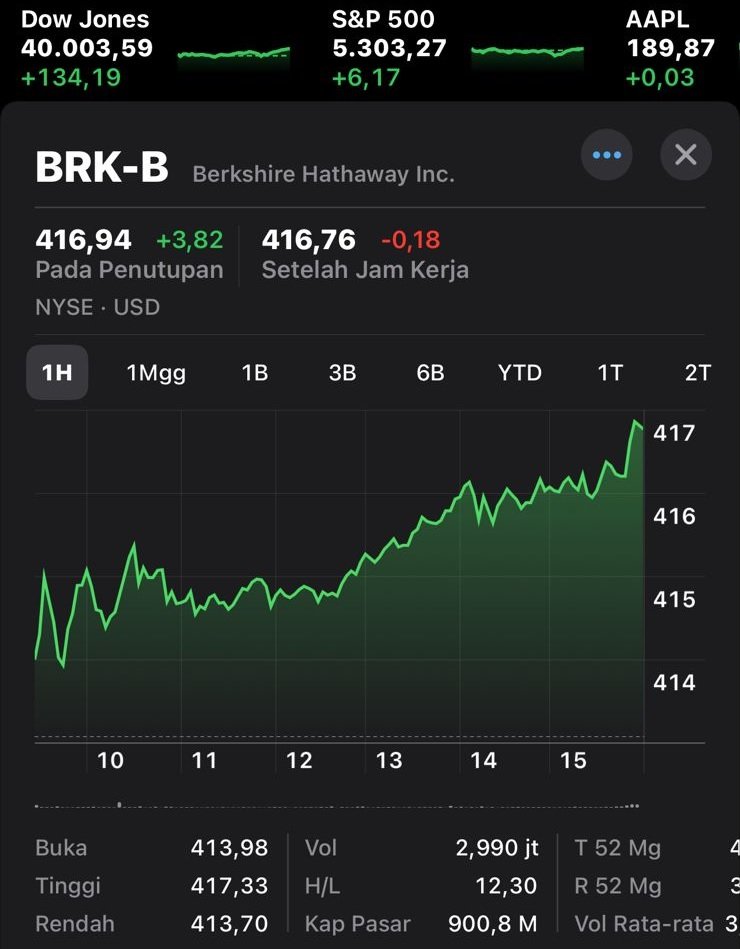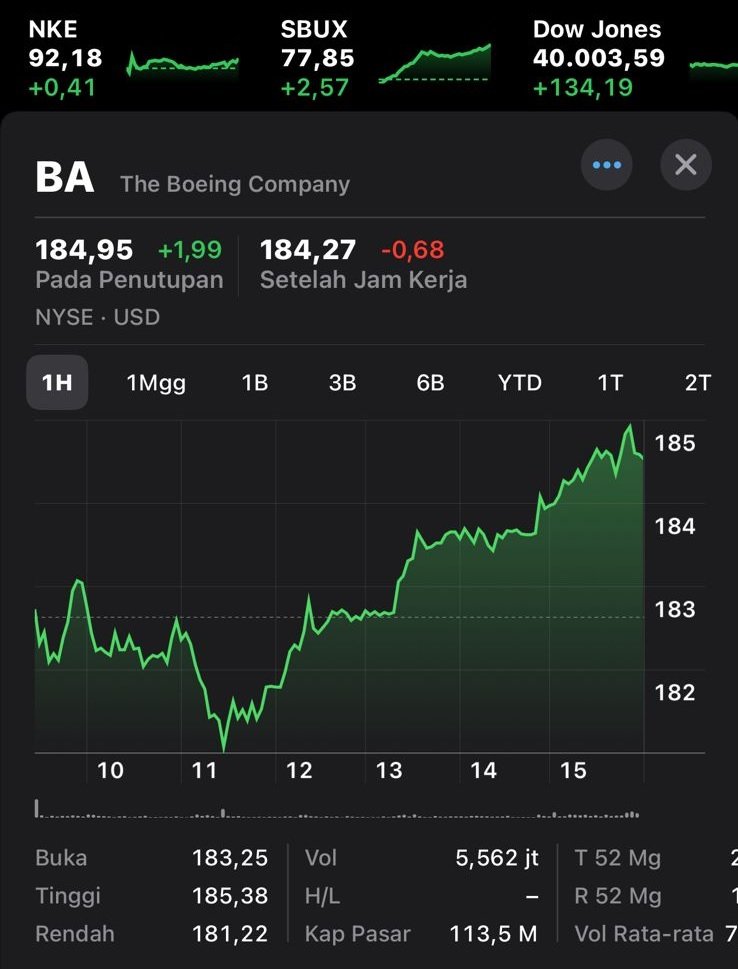A watchlist in the investment world is a list of potential investments or financial assets that an investor chooses to monitor on a regular basis. These can be stocks, bonds, currencies, commodities, or other financial instruments. The aim is to observe the market performance and price behavior of selected assets, as well as monitor developments and changes that may influence investment decisions.
Watchlist Purpose
1. One of the main purposes of a watchlist is to help investors identify promising investment opportunities. By monitoring various financial assets, investors can observe price movements, market trends and relevant market events to identify stocks or other instruments that have attractive growth or profit potential.
2. Watchlists also help investors manage risk. By monitoring various assets, investors can identify potential risks associated with their investments and take necessary precautions to protect their portfolios from unwanted losses.
3. Through watchlists, investors can collect relevant information and data about the assets of interest. This allows them to make more informed and rational investment decisions, based on careful analysis of the fundamental and technical factors that influence the price and performance of those assets.
4. Watchlists allow investors to observe market changes and important events that may affect the performance of assets of interest. These could be regulatory changes, company financial reports, industry developments, or global events that may affect the market as a whole.
Watchlist function
1. One of the main functions of a watchlist is to monitor overall market performance and price movements of assets of interest. This helps investors to stay up-to-date with market conditions and make more timely investment decisions.
2. By monitoring the assets listed on the watchlist, investors can identify changes in market trends and anticipate significant price movements. This helps them to respond quickly to market changes and take advantage of emerging opportunities.
3. Watchlists allow investors to compare the performance of various assets and evaluate the potential returns and risks of each investment. This helps them to choose the assets that best suit their investment objectives and risk profile.
4. By monitoring asset prices in the watchlist, investors can identify the desired target price for entering or leaving an investment position. This helps them to create a more structured and effective trading plan.
What are the Factors that Influence the Watchlist??
1. Fundamental factors such as a company’s financial performance, industry growth prospects, and global economic conditions can influence the decision to add or remove assets from the watchlist.
2. Technical analysis of price charts, technical indicators, and trading patterns can also influence the composition of the watchlist. Investors can use technical analysis to identify market trends and optimal entry or exit points.
3. Market events, such as new product launches, company earnings reports, or monetary policy decisions, can influence asset prices and overall market performance. This may trigger changes in the watchlist to reflect significant market events.
4. Changes in economic conditions, such as increasing inflation, decreasing interest rates, or economic recession, can affect asset performance and investment decisions. Investors should take these factors into account in determining the composition of their watchlist.
What is the Watchlist Process???
~ The process begins with selecting the assets that will be included in the watchlist. This can be done based on fundamental analysis, technical analysis, or a combination of both.
~ Once the assets have been selected, investors will continue to monitor and evaluate the market performance and price movements of these assets. This involves regular price monitoring, analysis of market news and events, and evaluation of the fundamental factors influencing the asset.
See also: Earn without risk and with no deposit required now!
~ Based on the results of monitoring and evaluation, investors can make adjustments to their watchlist. This could involve adding exciting new assets, removing assets that are no longer relevant, or changing investment priorities based on changing market and economic conditions.
Watchlist Impact
1. Watchlists help investors to make more informed investment decisions, based on monitoring market performance and price movements of assets of interest.
2. Through ongoing monitoring and evaluation, watchlists help increase investor awareness of market conditions and market events that affect asset performance.
3. By using watchlists effectively, investors can optimize their investment portfolio by selecting the assets that best suit their investment objectives and risk profile.
Challenges in Using Watchlists
1. The main challenge in using a watchlist is getting accurate and complete information about the assets of interest. This requires careful analysis and constant monitoring of market conditions and relevant market events.
2. Market conditions can change rapidly, which can make it difficult for investors to respond quickly. This requires active monitoring and a flexible trading plan to anticipate unexpected market changes.
3. Emotions and personal biases can influence investment decision making and watchlist management. Investors should strive to remain objective and rational in their evaluations and decision making, even when faced with market volatility and psychological stress.
Watchlist Example
For example, a stock investor might have a watchlist consisting of several leading technology stocks, such as Apple (AAPL), Amazon (AMZN), and Microsoft (MSFT). These investors will monitor the performance of these stocks on a regular basis, including price changes, financial reports, and relevant industry news. Based on this monitoring, investors can make more informed investment decisions about when to buy, sell, or maintain their positions in these stocks.
So, in general, it can be interpreted that, watchlist is an important tool in the world of investment that helps investors to monitor market performance and price movements of the assets they are interested in. The goal is to help investors identify promising investment opportunities, manage risk, make informed investment decisions, and observe market changes that affect their investment portfolios. By using watchlists effectively, investors can increase their awareness of market conditions, optimize their investment portfolios, and take advantage of emerging investment opportunities. However, using watchlists also involves challenges in obtaining accurate and complete information, responding to rapid market changes, and overcoming emotions and personal biases in investment decision making.













